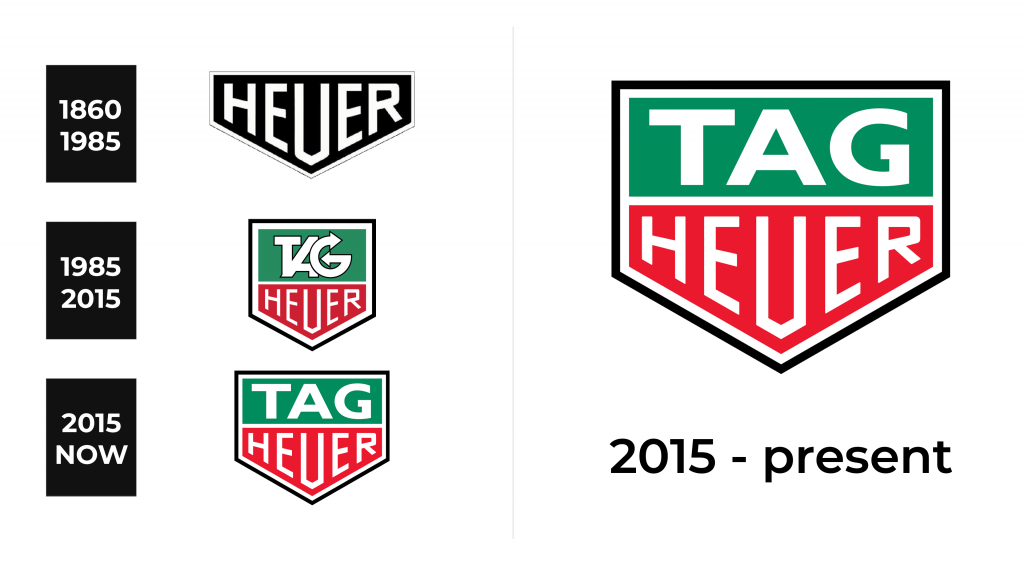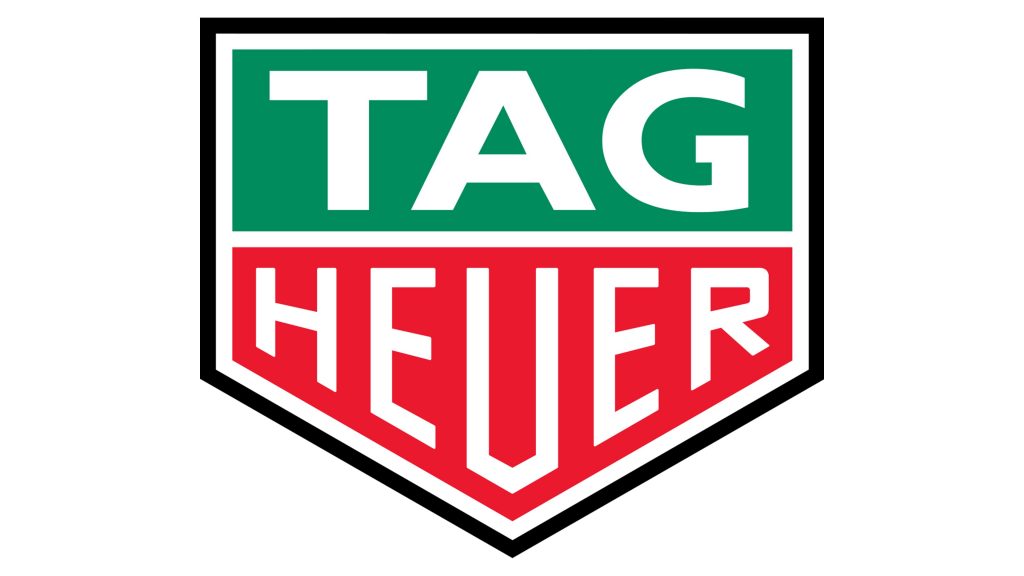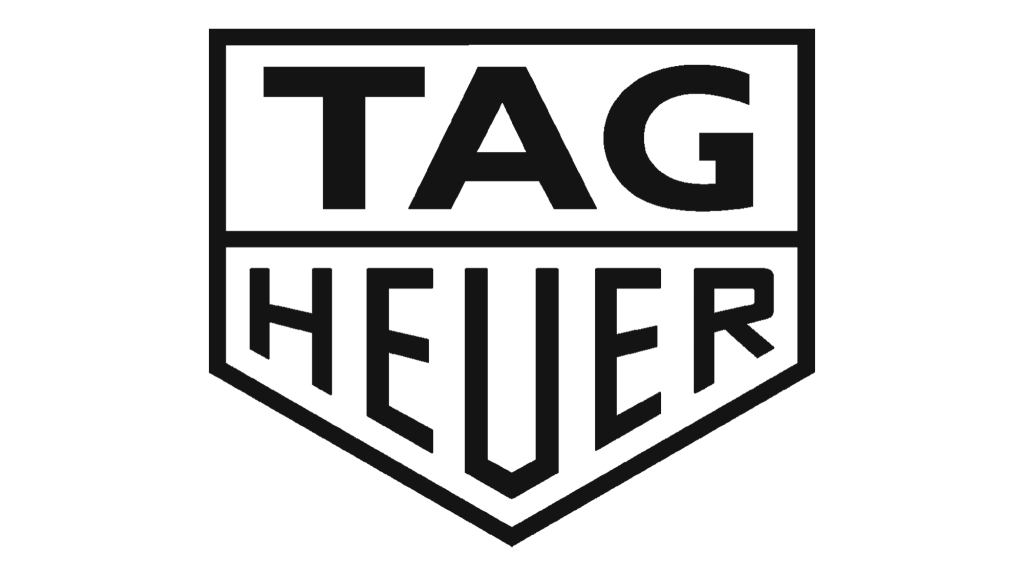TAG Heuer, the Swiss luxury watchmaker established by Edouard Heuer in 1860, is renowned for its exquisite timepieces and groundbreaking innovations. The label offers a diverse collection of sports, dress, and smartwatches, and is affiliated with big names in sports and entertainment. Possessed by LVMH, the globe’s largest luxury conglomerate, the brand continues to dominate the watch market with its vigorous solutions.
Meaning and history
The brand’s current name is composed of the acronym for ‘Techniques d’Avant Garde’ (a company that acquired Heuer in the 1980s), and the second name of the brainchild behind it. Edouard Heuer founded the firm in the mid-19th century and was led by a passion for making high-end watches. His groundbreaking ideas and solutions like oscillating pinion and the first-ever commercial wristwatch later made the company a fortune.
Throughout the decades, his company continues to grow and make adjustments to its timepieces. Now, Heuer wristwatches include a stopwatch mechanism, and time alarm system, and their accuracy is 1/100th of a second.
Heuer is also developing high-end smartwatches, able to show such metrics as blood pressure, pulse, etc. However, the company’s core values – quality, precision, and excellence – still affect its products, which always serve as a symbol of status and style to their owners.
Today, it operates alongside LVMH, a leading luxury and fashion conglomerate from Paris, which bought 50.1% of its shares from TAG in 1999. This partnership opens new financial and production opportunities to Heuer and gives it access to a much wider market than before.
What is Tag Heuer?
TAG Heuer is a Swiss luxury watchmaker that has since become synonymous with exceptional timepieces and pioneering advancements. The label boasts a varied collection of sports, dress, and smartwatches. Owned by LVMH, the world’s foremost luxury conglomerate, the brand continues to reign supreme in the watch industry with its robust offerings.
1860 – 1985
The pioneer insignia was a blend of modernity and power, boasting a sleek monochrome badge that stretched horizontally with a triangular tip pointing downwards. The crest’s black backdrop was tempered by a thick white frame, and the white “Heuer” inscription in all caps dominated the crest.
1985 – 2015
The company’s acquisition opened a new chapter in its history, causing it to produce a new logotype to show the alliance. It showcased a pointed shield with a gray frame containing two blocks of green and red. The “Tag,” etched in white, dominates the upper green part, while “Heuer” stands in the red area in its authentic script. The part ‘TAG’ sees its symbols intertwined, while both tips of the “G” are poised like pointers. The emblem was contoured in white and gray, its demeanor effervescent yet elegantly posh.
2015 – today
The latest refurbishment of 2015 added minor adjustments to the logo. The crest is now extended horizontally, and the font of the ‘TAG’ was refined. Now it has a bold and elongated sans-serifstyle with robust, unwavering lines. The contour color has been altered to a classic and austere combination of black and white, endowing the emblem with an added sense of severity and agelessness.
Font
The TAG Heuer watch badge unites two distinct renditions of what seems to be a single typographical family named Gill Sans, hatched by Eric Gill. The “TAG” inscription is seemingly rendered in Gill Sans Bold, while the “Heuer” wording is cast in Gill Sans Light.
Color
The chromatic arrangement of the present-day TAG Heuer emblem features an array of hues like green, red orange, white, and black – a medley of colors rather uncommon for a horological entity.






